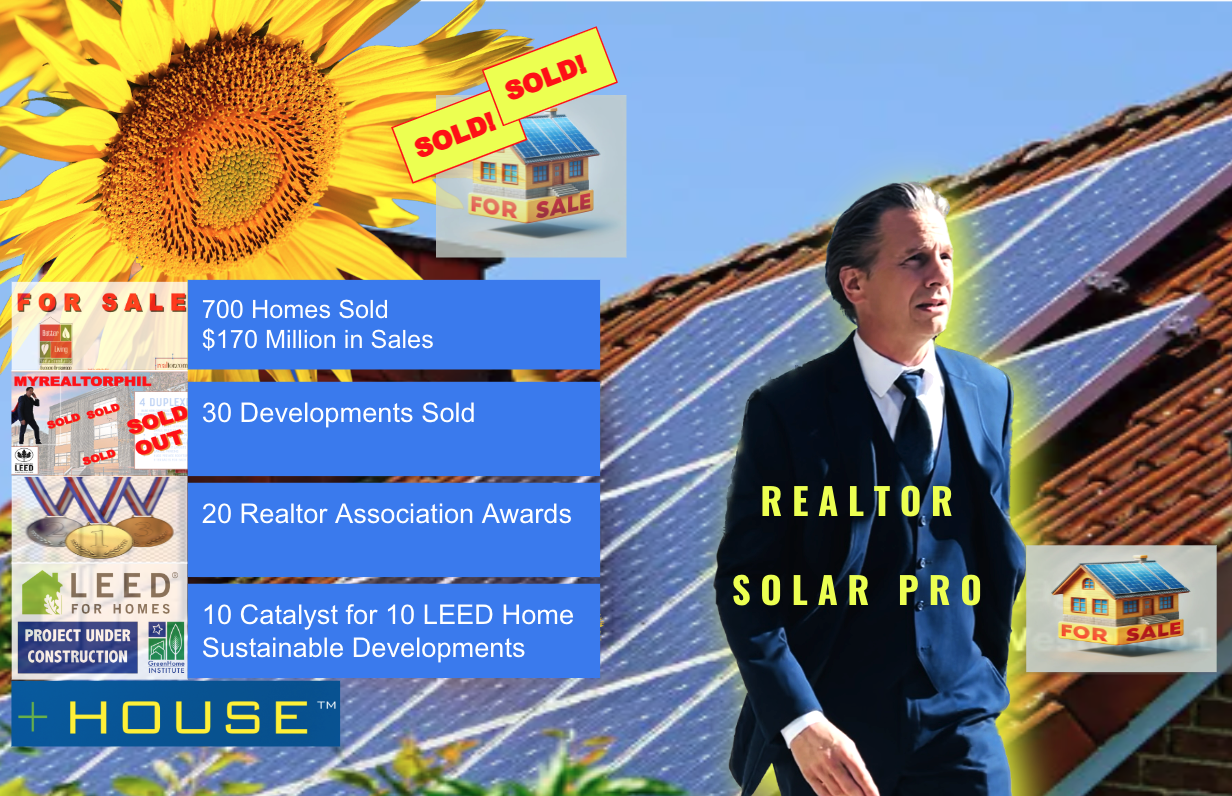Rare New Construction in Little Italy
Large 3 Bedroom Duplex
Highest Quality Mechanicals
Handmade Cabinetry
Stone Baths
Quartz Counters
1334 Grenshaw +PLUS House in Little Italy
1334 Grenshaw +PLUS House in Little Italy
One of only 2 LEED Quality Small Projects over the Last Two Years
Large Rooftop Decks
Large Attached Rear Decks
40% Less Energy Consumption
Solar Power Ready
Location, location, location!

1710 S JEFFERSON AVENUE, CHICAGO
TWO 3 BED, 2.1 BATH DUPLEX LUXURY HOMES.
What Makes A +Plus House So Special?
A+Plus House is a high standard of third-party certified green and healthy building requirements.
The +Plus House standard is comprised of:
A maximum HERS rating of 55, established by a third-party LEED-certified rater.
A blown door test is conducted before the drywall is hung.
A visual inspection of both the insulation techniques and the finished property.
A 2” under-slab insulation barrier.
Healthy Home requirements include no-VOC paint, low VOC polyurethane, whole home water filtration, Energy Star-certified appliances, and an ERV/CERV to circulate fresh, purified air through each residential unit.
Why we built the +Plus House and the basics of what goes in them.
Meet the builder.
THIRD-PARTY VERIFICATION
The typical home in is inspected only by municipal inspectors checking for code. +Plus Houses require additional inspection throughout the home’s design and construction from a team of US Green Building Council (USGBC) licensed inspectors. The inspectors help us to design the +Plus Houses for maximum health and energy efficiency and assign scores according to how well we meet our targets.
+Plus Houses use the Home Energy Rating System (HERS) Index to verify their efficiency. The HERS Index is a nationally recognized system for inspecting and calculating a home’s energy performance, and the industry standard. A HERS rating is a third-party analysis of a home’s projected energy efficiency compared to the efficiency of a ‘reference home’ that meets the requirements of the latest residential energy code, known as the International Energy Conservation Code (IECC). The lower the number, the more energy-efficient the home. A +Plus House must score or 55 or less, which is 50% more efficient that the typical new home and better than 95% of Chicago area homes.
Many builders and brokers make empty claims of their homes having “green aspects,” without having verification of their efficiency. +Plus House offers a measure of efficiency and a standard of performance that is clear and simple.Very few builders will go to the lengths required to construct such an airtight house, or to carefully source healthy, local components, or to stick to hard-to-build plans, all while opening themselves up to the scrutiny of testing and documenting a home to the +Plus House standard. For perspective on how rare this is, you just need search the multiple listing service for homes that actually listed a HERS ratings. Fewer than 5% of all homes have conducted such testing and even fewer can say they are as efficient as a +Plus House.
HOME ENERGY RATING SYSTEM (HERS) RATING
The envelope is the key to the home’s efficiency. We fill the exterior 2×6 walls of the +Plus House with a combination of high R-value closed cell and open cell foam insulation to create a tightly sealed space, like a ziploc bag.To make sure there are no gaps in the envelope, licensed inspector teams from RESNET and USGBC conduct a series of blown door tests by pressurizing the home and identifying leaks to be sealed. The high efficiency of our envelope is expressed in our low rating on RESNET’s HERS Index. A typical Pilsen home has a HERS rating around 100 out of 150, while our first +Plus House was rated just 28! That home used a solar panel installation for extreme efficiency. The owners are estimated to save around $1,152 a year in heating and cooling costs. The upper limit HERS rating for a +Plus House is 55, which is estimated to save owners about $500 a year in lowered utility costs.
FOAM INSULATED FOUNDATION
It all starts at the foundation. The foundation of the +Plus House is required to be surrounded by a layer of XPS foam to form a thermal block between the concrete and the ground. Other houses can experience up to 50% of their heat loss through the basement as the cold ground around the foundation saps the home’s warmth and introduces moisture. We’ve made it easy to maintain the +Plus House at a uniform temperature and dew point.
As of fall 2017, new +Plus Houses will use Ozinga’s carbon sequestering technology in their foundation slabs.
HEALTHY HOME ATTRIBUTES
The first 9 +Plus Houses are among the first to use the cutting-edge AirRenew drywall. As of May 2022 we cannot sue this drywall due to supply issues but we are going to mention it here in hopes it will be available later in the year.
AirRenew contributes to a healthy indoor environment by absorbing the noxious chemicals from off-gassing, like formaldehyde and other VOCs, and converting them to a safe inert compound. The drywall essentially “eats” the harmful chemicals from the air before we breathe them in. This is a new application of AirRenew, as this drywall has previously been used almost exclusively in hospitals. As of 2022, this drywall is not available but in the future, we hope to use it. In place of it, we encourage owners to use Eco paint with organic pigments and chemical absorbing technology.
RIGHT-SIZED SMART FURNACE
Most contractors don’t take the time to measure a home’s thermal efficiency or its airflow patterns like we do. Because they don’t know the details of the space, when contractors are choosing a furnace they’ll play it safe by installing an oversized system with excessive energy consumption. We know that our +Plus Houses don’t need large furnaces thanks to their superior construction and we learn the details of each room’s airflow when we design our vents and ductwork with help from our third-party inspection teams. Thanks to our rigorous process, we can pick the right sized furnace for each +Plus House and insure energy savings down the road for the occupants.
We like to equip each +Plus House with a Ducane’s EnergyStar certified variable speed furnace. These are smart furnaces, constantly sensing changes in temperature and humidity. The variable speed fan motor runs continually year-round, allowing it to respond immediately to minute changes in the indoor atmosphere, to perpetually filter the air, and to run efficiently and quietly. You won’t experience a noticeable temperature change before this furnace begins working and you won’t hear it “fire up” to start like you would with the single or two-speed furnaces contractors usually install.
ENERGY RECOVERY VENTILATOR (ERV)
Each +Plus House must have an ERV or a CERV. Since +Plus Houses are built tightly for the sake of energy efficiency, ventilation is key to getting rid of odors and humidity. The ERV acts like an open window bringing in the fresh air and exhausting stale air, but the ERV is more efficient. It uses the outgoing air to treat the incoming air, so when the incoming stream enters the furnace it is already partially conditioned to the desired temperature and dewpoint. You can learn more about the way our Aprilaire ERVs conserve energy here.
OZINGA CARBONCURE CONCRETE
As of fall 2017, the +Plus Houses will be the first homes to use Ozinga’s award-winning CarbonCure technology, which sequesters CO2 in the concrete. Ozinga captures carbon gas from an ethanol plant in Wisconsin, converts it into solid calcium carbonate, and injects it into the concrete mix. The CO2 acts in part as a “filler” so that more concrete can be made from smaller amounts of ingredients, thereby minimizing twofold the carbon footprint of this concrete.
The amount of CarbonCure concrete used in a +Plus House contains enough sequestered CO2 to offset the effects of driving 8,300 miles in a car. Ozinga wrote about working with +Plus House to apply their carbon sequestering technology to residential buildings here.
SOLAR READY
Each +Plus House is built with a conduit running to the roof to support a solar array, should you choose to install one. The system will have a central inverter, allowing for detailed monitoring online or via a smartphone app. The typical +Plus House roof can accommodate a 6.5 Kw array of 19 photovoltaic panels. Over a year this array would provide 10.297 Mwh of electricity, which is roughly 80% of the amount that occupants of a +Plus House would be expected to consume. For scale, in 2014 the average annual electrical consumption for a U.S. utility customer was 10.932 Mwh, though the average person lives in a home much less efficient than a +Plus House. The solar package is expected to pay for itself in energy savings in just eight years and will earn you 35% back on your federal income taxes the year after you install. Not to mention, the amount of sustainable energy this solar array generates in a year offsets the carbon footprint of driving a car by 14,000 miles.
RADON VENTING
Most homes never have a soil gas problem but just in case, we included a ventilation path from under the foundation that will release any potential gases above the roof. This way, any radon that may exist below the home can escape without actually entering the home. Additionally, an electrical box is installed in the roof in case you wish to add a fan to the vent at a later date.
RESOURCE EFFICIENT APPLIANCES & MECHANICALS
High performance homes offer the occupant a superior level of comfort and low utility bills by using resources efficiently. Here of some of the ways that +Plus Houses use smart design to conserve resources.
+ R5 Windows
We want to insure lots of natural light without opening up the home to heat loss so we instal R5 windows. These are double-pane windows filled with argon gas for insulation, and coated with an invisible low-e layer to reflect 79% of the home’s energy back inside. The coating also reflects UV rays to protect your curtains and furniture from sun bleaching.
+ Water Fixtures
+Plus House uses 1.5 gallon-per-minute low flow plumbing fixtures and .8 gallon-per-flush Niagra Stealth toilets, the most efficient in the industry.
NO & LOW VOC FINISHES
Watch out for the “new” smell of cars and shoes and in other houses. That smell means that chemicals are off-gassing and the volatile organic compounds (VOCs) they release are carcinogens. When you walk into a newly built +Plus House it won’t smell new because we are selective with the chemical content of our products.
+ Paints
+Plus Houses are painted mainly with Sherwin Williams’ Harmony. Harmony is no-VOC and we give buyers the option to upgrade to non-toxic Ecos paint, as used in the Art Institute and the Louvre. Bedrooms will have a toxin-absorbing paint on each ceiling and closet.
+ Polyurethane
After Polyurethane coatings are applied they can continue to off-gas for years and most mixes contain toxic benzene, formaldehyde, toulen, xylene and arsenic. +Plus house floors are finished with Garco’s no-VOC Classic World Poly Satin.
+ Carpet
If carpet is used, it must be a low-VOC carpet. In the past this has been Shaw’s Green Label Plus carpet. We’ve selected Shaw because of their products’ low chemical emissions and their commitment to using recycled materials and practicing responsible waste disposal.
LOCALLY SOURCED BUILDING MATERIALS
+ Wood
The wood used in a +Plus House’s trim, closets, cabinets, and baseboards will use MDF, which is a recycled product rather than solid wood. This is a far more sustainable way to decorate a home.
+ Bricks & Concrete
+Plus House’s bricks are produced here in Chicago, as is the Ozinga concrete we use for the foundation. All bricks and concrete must be locally sourced.
+PLUS HOUSE BUILDER
It all started from a desire to build better for the environment and people’s health and well-being.
+PLUS HOUSE LOCATIONS THAT HAVE SOLD















